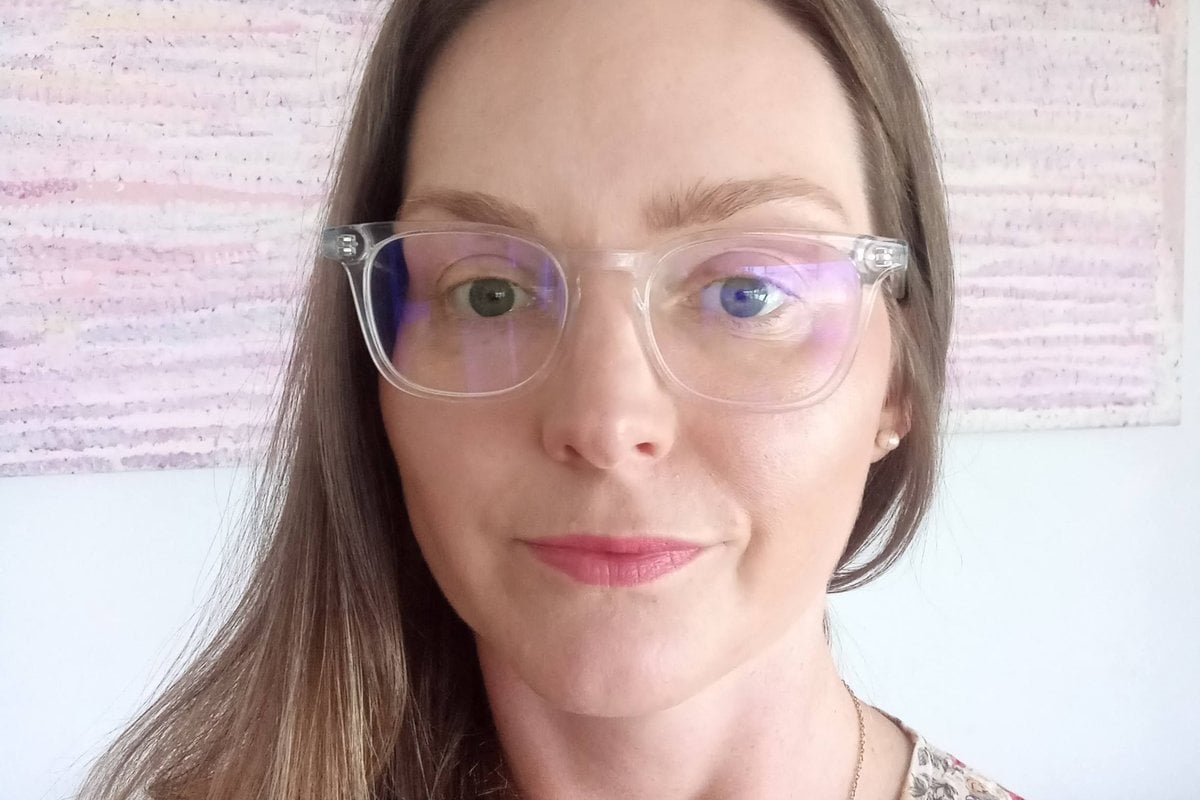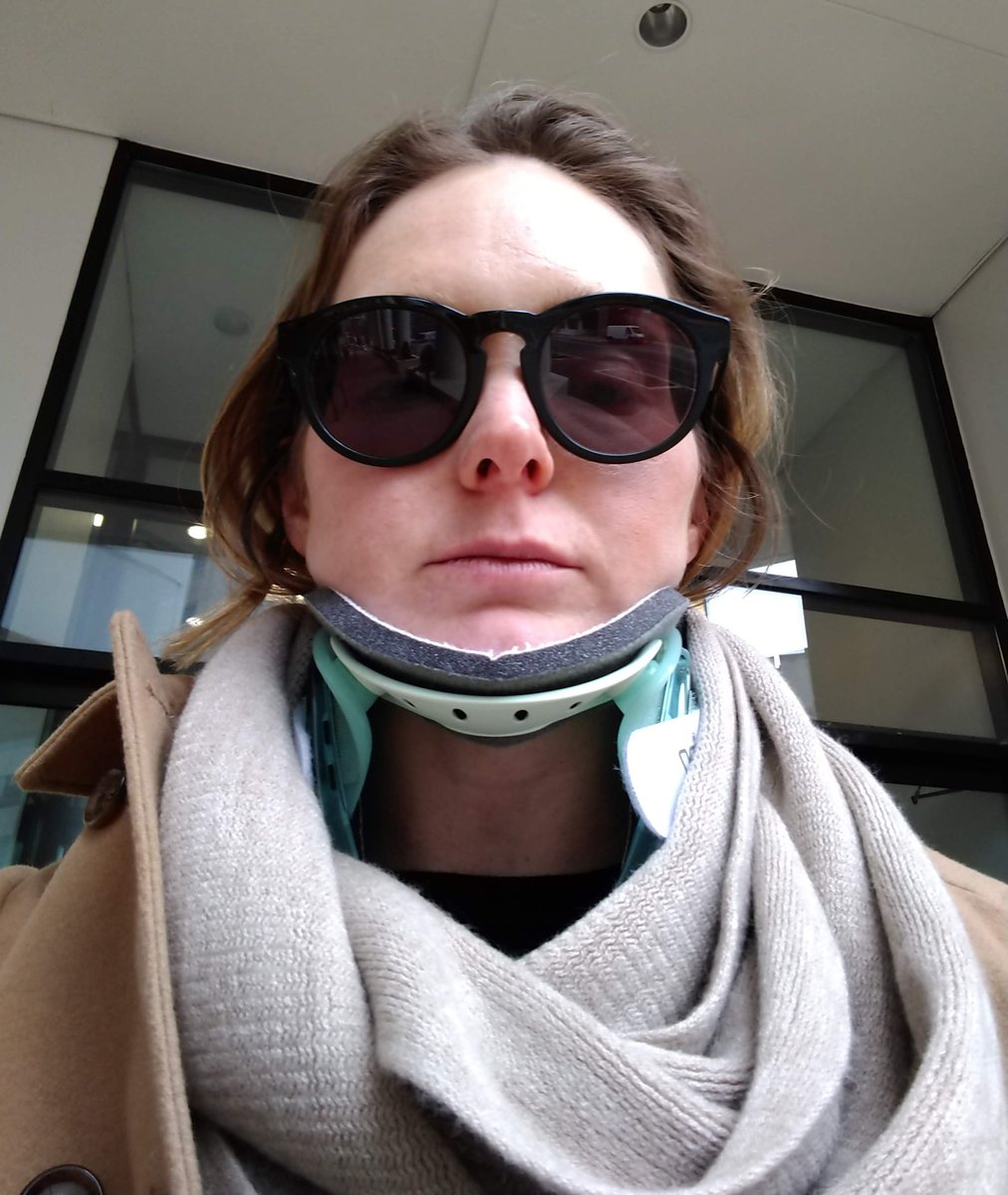
A little-known illness has been reported on more so than is usual; with 23-year-old South Australian woman Lily Thai sharing her brave decision to end her life on Wednesday of last week.
Lily did so under the state’s voluntary assisted dying laws, laws that have been in effect since the beginning of the year.
Before Lily Thai ends her life using voluntary assisted dying laws on Wednesday, the 23-year-old has made a final powerful statement on the joy of living. #theAdvertiser https://t.co/uZPPLQq59j pic.twitter.com/3Y64VcYxnB
— The Advertiser (@theTiser) June 19, 2023
Lily shared with The Advertiser that she lived with multiple chronic illnesses – Ehlers-Danlos Syndrome (EDS) being one of them. Lily was also living with the exceptionally rare autoimmune illness, auto-immune autonomic ganglionopathy (AAG) and suspected Motor Neurone Disease, as reported by The Advertiser.


Top Comments